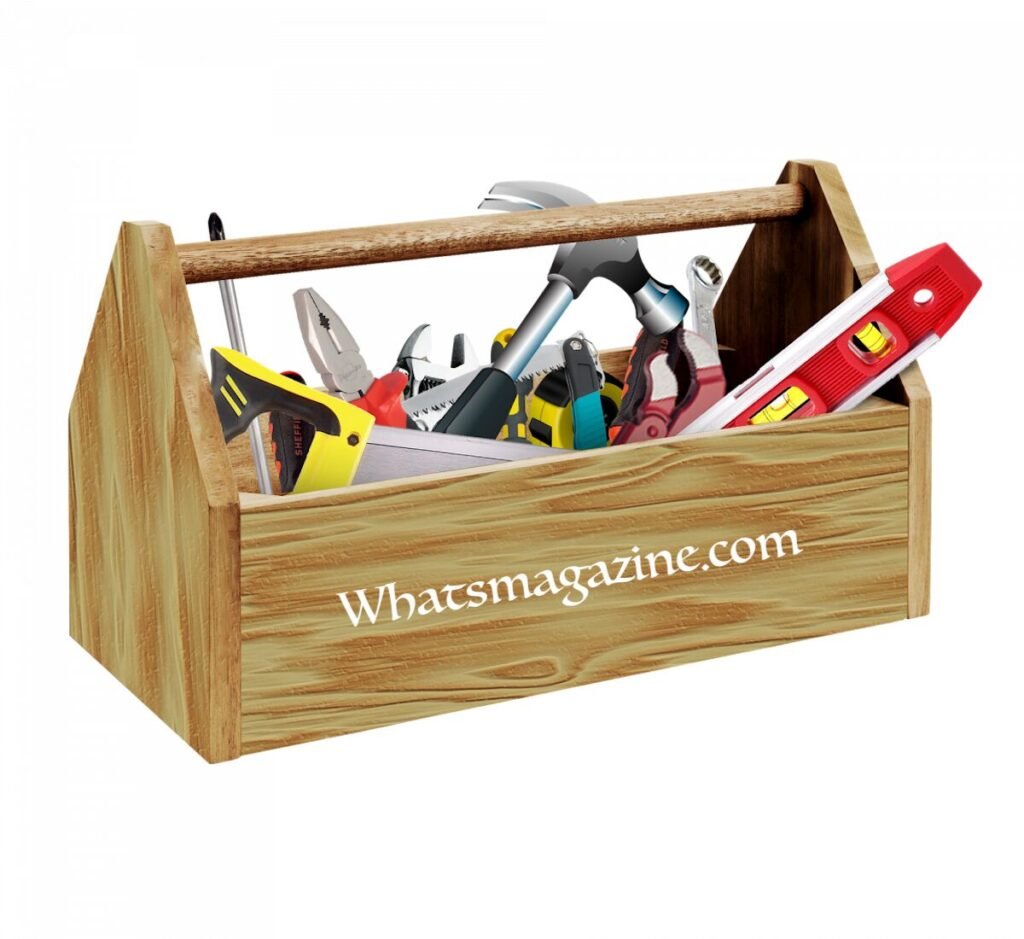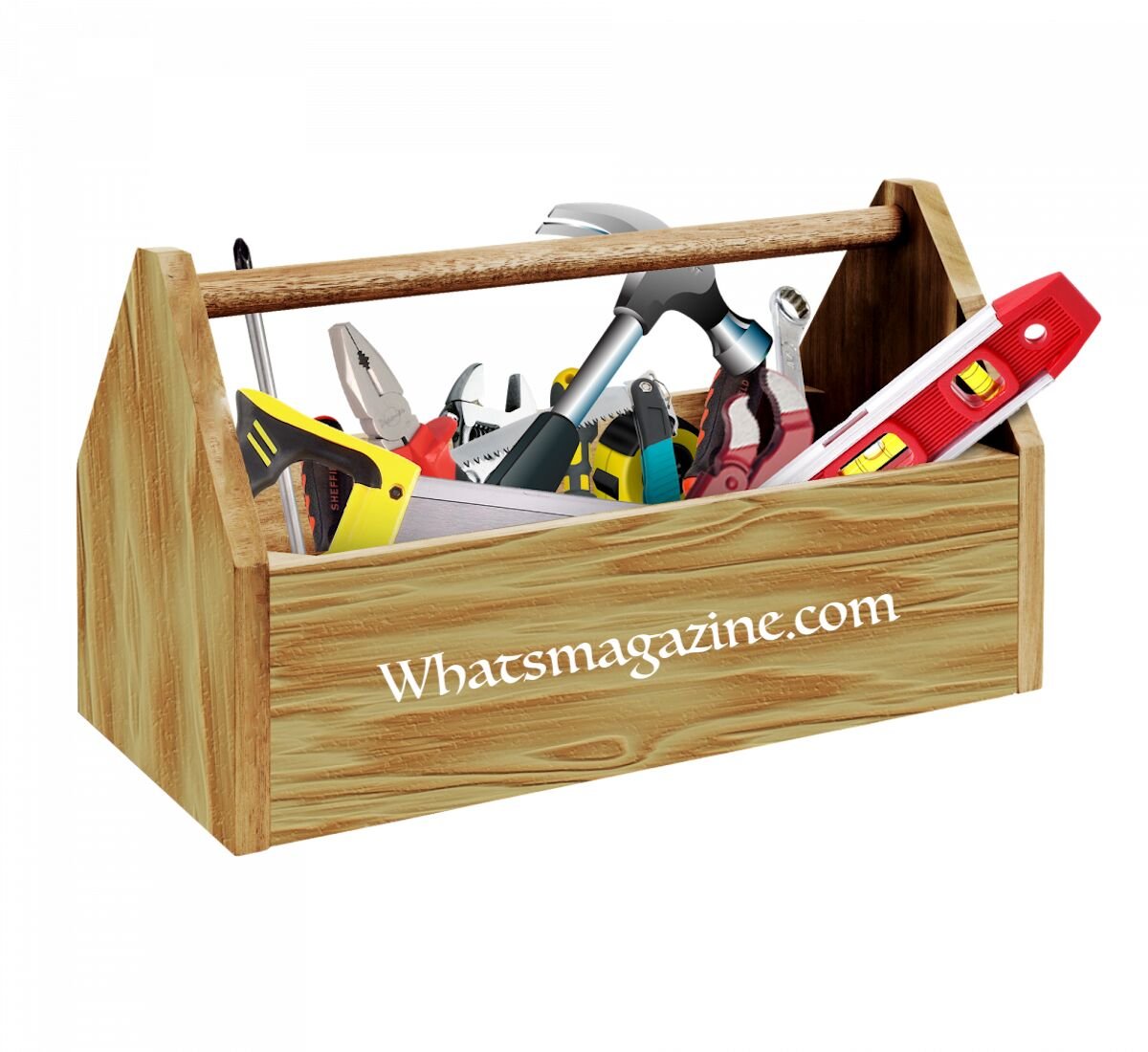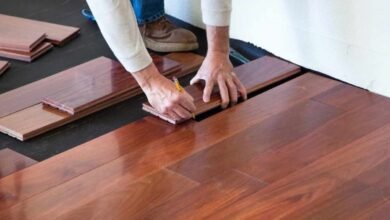A toolbox can keep your tools organised, secure and safe. There are numerous types of toolboxes available for both professionals and DIYers. If you don’t have a big collection of tools, you could store them in a box. Or, if you are a professional, you could keep your go-to tools in the box to carry around every day.
Here is a quick guide on how to choose the right toolbox for you.
Dedicated workspace
A toolbox might be the perfect storage system if you have a small space for your DIY projects. You can keep the box under your desk and organise the drawers into different types of tools. Store your larger power tools in a cabinet away from the workbench and keep your essentials in the box. If you’re an at-home DIYer or hobbyist, the plastic boxes many power tools come in can be a great way to keep your tools and their accessories together so use these as their storage and stack them together in a cabinet.
If you’re lucky enough to have a larger space such as a workshop for your DIY, or you’re a tradesman operating out of the same area every day then a tool chest on wheels could be a great option for you. With multiple drawers, you can separate each type of tool into its own allocated space, and the wheels allow you to conveniently move it around your space as and when is needed.
The material of your toolbox

Toolboxes come in all different shapes, sizes and materials. A steel box is resistant to breakage and has a shiny appearance. However, steel is also susceptible to rust, and it may lose its attractive appearance over time. You can cover the stell in a special powder coating to make it more resilient to rust and decay.
Aluminium toolboxes are ultra-lightweight and rust-resistant. Aluminium has a thin oxide coating that stops the metal from rusting and wearing over time. Aluminium is strong, and durable and keeps its shiny coating.
You could go for a plastic toolbox for a lightweight and affordable option. Transparent plastic cases make it much easier to find your tools and see what you have. You can clean it with soap and water and keep it in good condition for years to come.
No matter its material, it’s crucial you keep your toolbox in good condition by keeping it clean and dirt free where possible. Not only will this ensure the safety of your tools by keeping rust out of the internal mechanisms of the toolbox, but it will also show customers you can be trusted. A well-looked-after set of tools and their box will show you are willing to put the work in to keep things in top condition, which will make them more likely to trust you with their own.
The size of your toolbox
You need to find the right-sized toolbox for your work. A tool belt or bag might work better for you. You can use it on the job and carry smaller tools all day long. A high-quality canvas belt bag will have several pouches for different tools. You can grab different tools while working on tasks and keep everything safe and secure. Due to them being made from a soft material, they’re also a good option if you don’t have a lot of space to store your tools after your job as they can be folded down to a more compact style.
A handheld box is better for DIY enthusiasts who need to carry their toolbox to different areas of the home or for tradesmen who have a core set of smaller tools that they take to every job. A small toolbox will do the trick for a few essential tools as they often contain a divider that will allow you some extra space so your tools aren’t all crammed together which can often cause breakages or wear down their coatings. You can have a bigger box for your less-used tools that come in handy once in a while.
Metal toolboxes can get very heavy – especially if you are filling them to maximum capacity. A rolling toolbox can carry many tools, and you don’t need to worry about weight. It’s portable, practical and easy to manoeuvre. However, a rolling toolbox isn’t always practical for wet and muddy worksites so is best used in a dedicated workshop or when you know you’ll have a stable, flat foundation to work upon.
Place items like saws, power tools, and other larger pieces of equipment into the rolling box and carry your smaller ones in a bag.
Finding the right toolbox for you and your projects will make transporting your tools far easier, as well as make sure you always have what you need within arms reach.








